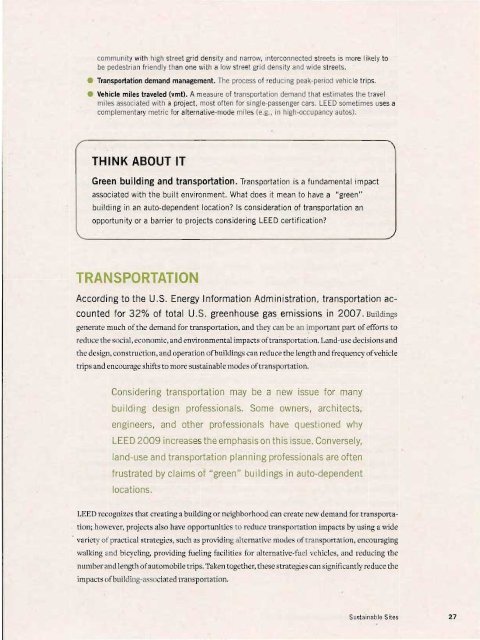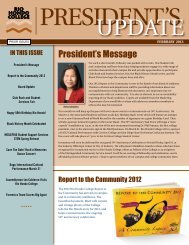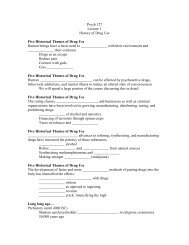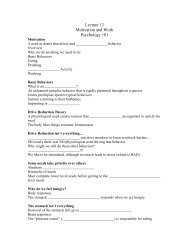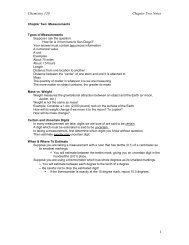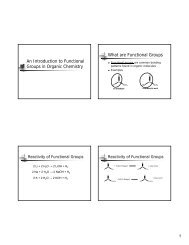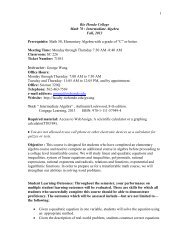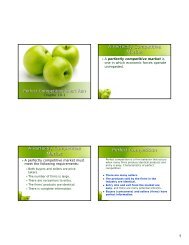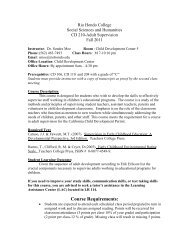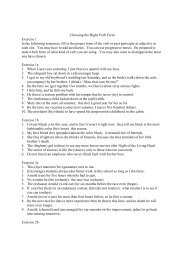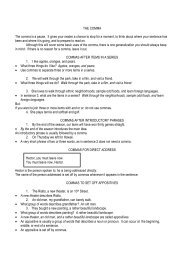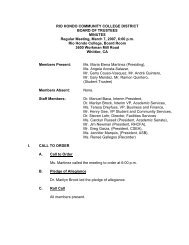Green Building and LEED Core Concepts Guide First Edition
Green Building and LEED Core Concepts Guide First Edition
Green Building and LEED Core Concepts Guide First Edition
You also want an ePaper? Increase the reach of your titles
YUMPU automatically turns print PDFs into web optimized ePapers that Google loves.
community with high street grid density <strong>and</strong> narrow, interconnected streets is more likely to<br />
be pedestnan friendly than one with a low street grid density <strong>and</strong> wide streets .<br />
• Transportation dem<strong>and</strong> management. The process of reducing peak'period vehicle trips .<br />
• Vehicle miles traveled (vmt). A measure of transportation dem<strong>and</strong> that estimates the travel<br />
miles associated with a project, most often for single·passenger cars. lEED sometimes uses a<br />
complementary metric for alternative-mode miles (e.g., in high-occupancy autos).<br />
THINK ABOUT IT<br />
<strong>Green</strong> building <strong>and</strong> transportation. Transportation is a fundamental impact<br />
associated with the built environment. What does it mean to have a "green"<br />
building in an auto-dependent location Is consideration of transportation an<br />
opportunity or a barrier to projects considering lEED certification<br />
TRANSPORTATION<br />
According to th e U.S. Energy Information Administration, transportation accounted<br />
for 32% of total U.S. greenhouse gas emissions in 2007. <strong>Building</strong>s<br />
generate much of the dem<strong>and</strong> for transportation, <strong>and</strong> they can be an ilportant part of efforts to<br />
reduce the social, economic, <strong>and</strong> environmental impacts oftransportation. L<strong>and</strong>-use decisions <strong>and</strong><br />
the design, construction, <strong>and</strong> operation of buildings can reduce the length <strong>and</strong> frcquencyofvehicle<br />
trips <strong>and</strong> encourage shifts to more sustainable modes of transportation.<br />
Considering transportation may be a new issue for many<br />
building design professionals. Some owners, architects,<br />
engineers, <strong>and</strong> other professionals have questioned why<br />
<strong>LEED</strong> 2009 increases theemphasis on this issue. Conversely,<br />
l<strong>and</strong>-use <strong>and</strong> transportation planning professionals are often<br />
frustrated by claims of "green" buildings in auto-dependent<br />
locations.<br />
<strong>LEED</strong> recognizes that crearing a building or neighborhood can create new dem<strong>and</strong> for transportation;<br />
however, projects also have opportunities to reduce transportation impacts by using a wide<br />
variety of practical strategies, such as providing alternative modes of transportation, encouraging<br />
walking <strong>and</strong> bicycling, providing fueling facilities for alternative-fuel vehicles, <strong>and</strong> reducing the<br />
number <strong>and</strong> length or automobile trips. Taken together, these strategies can Significantly reduce the<br />
impacts of building-associated transportation.<br />
Sustainable Sites 27


